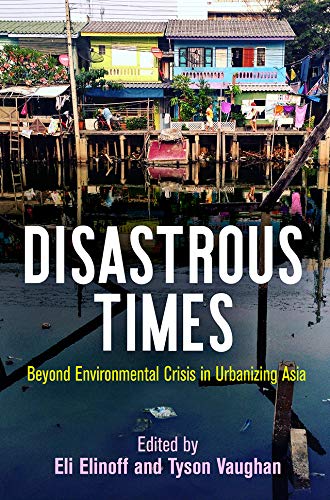Borders
How do borders recalibrate time by imbuing mundane economic activities with political salience? People’s experiences of the borderland as a space are vitally shaped by fractured, shifting, and contingent rhythms of time. I relocate the study of time in anthropology, moving it from the comparative exploration of internally coherent religions and national territories to the very margins of religions, nations, and capital.
One winter morning red dust spiraled from the surface of a broken road. It rapidly gathered volume as a convoy of border-patrol jeeps whizzed past India’s newly constructed border wall with Bangladesh. This infrastructure encloses significant stretches of the 2545-mile-long India-Bangladesh border, South Asia’s longest international boundary. Unlike the rusty fences and fence-like structures that had earlier divided this landscape, the new barrier was distinguished by furiously coiled barbed wires that were placed between angular iron frames…
Cycling
For many people, riding a bike is a livelihood necessity and for them safe access to city roads is essential.
With increasing urban pollution and poverty around the world, we urgently need to think about how to plan new cities and redesign old cities to accommodate cycling’s varied uses. Ever-increasing numbers of cars and other vehicles reduce the road space available to cyclists, increasing the risks of collisions and injury. In cities that privilege motor vehicles, cycling slowly is essential for survival.
Urban cycling has a complex relationship with congested and polluted cities. In fact, this relationship is all about new battles for road space. Since their arrival from Britain in the late 19th century, bicycles have endured in Kolkata as vehicles of labour and recreation. However, since 2008, bicycles have slowly been losing their legitimacy on Kolkata’s roads. The new traffic regulations enacted that year classified bicycles as slow-moving transport, allowing their prohibition.
On November 1, 2018, Kolkata registered its cleanest air in recent years. A cyclone had miraculously cleared the city of its air pollutants. With the clarity of the ambient air, Kolkata’s emergent high-rise skyline appeared prominently in news reports about the air quality.
The clean air did not last long. By the end of the month, Kolkata’s air quality had dipped dramatically. One day after the Hindu festivals of Kali Puja and Diwali, when city dwellers reveled in lighting fireworks on the streets, the city registered the worst air in metropolitan India.
Cities
On November 1, 2018, Kolkata registered its cleanest air in recent years. A cyclone had miraculously cleared the city of its air pollutants. With the clarity of the ambient air, Kolkata’s emergent high-rise skyline appeared prominently in news reports about the air quality.
The clean air did not last long. By the end of the month, Kolkata’s air quality had dipped dramatically. One day after the Hindu festivals of Kali Puja and Diwali, when city dwellers reveled in lighting fireworks on the streets, the city registered the worst air in metropolitan India.
On November 1, 2018, Kolkata registered its cleanest air in recent years. A cyclone had miraculously cleared the city of its air pollutants. With the clarity of the ambient air, Kolkata’s emergent high-rise skyline appeared prominently in news reports about the air quality.
The clean air did not last long. By the end of the month, Kolkata’s air quality had dipped dramatically. One day after the Hindu festivals of Kali Puja and Diwali, when city dwellers reveled in lighting fireworks on the streets, the city registered the worst air in metropolitan India.
On November 1, 2018, Kolkata registered its cleanest air in recent years. A cyclone had miraculously cleared the city of its air pollutants. With the clarity of the ambient air, Kolkata’s emergent high-rise skyline appeared prominently in news reports about the air quality.
The clean air did not last long. By the end of the month, Kolkata’s air quality had dipped dramatically. One day after the Hindu festivals of Kali Puja and Diwali, when city dwellers reveled in lighting fireworks on the streets, the city registered the worst air in metropolitan India.
On November 1, 2018, Kolkata registered its cleanest air in recent years. A cyclone had miraculously cleared the city of its air pollutants. With the clarity of the ambient air, Kolkata’s emergent high-rise skyline appeared prominently in news reports about the air quality.
The clean air did not last long. By the end of the month, Kolkata’s air quality had dipped dramatically. One day after the Hindu festivals of Kali Puja and Diwali, when city dwellers reveled in lighting fireworks on the streets, the city registered the worst air in metropolitan India.














